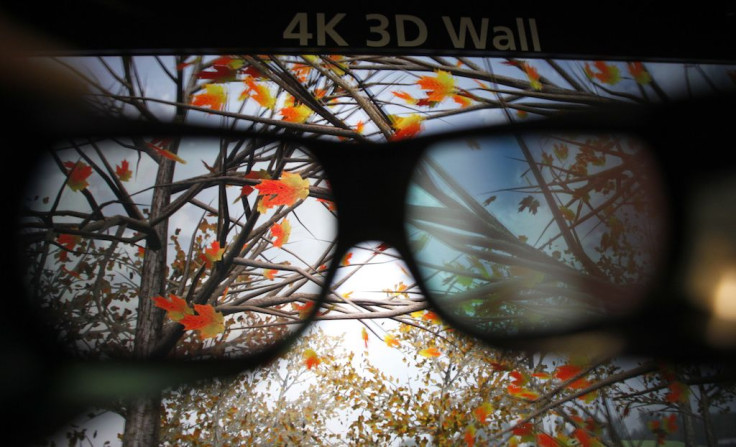Study: Glasses-Free 3D TVs May Soon Be In Living Rooms

MIT’s Computer Science and Artificial Intelligence Lab (CSAIL) has developed a new system that makes it possible to view 3D movies at home without 3D glasses.
CSAIL’s system is simply called Home3D, and it converts existing stereoscopic 3D movies by using artificial intelligence. This allows viewers to watch content in 3D without needing a pair of 3D glasses.
With traditional stereoscopic 3D movies, the 3D glasses are able to correct a pair of offset, polarized images to produce the three-dimensional depth effect. For Home3D algorithm to work, it will need to use what’s called as an automultiscopic display.
READ: iPhone 8 Rumor: Apple Still Struggling WIth Wireless Charging, 3D Sensor Software
This display is able to show three or more offset images at the same time. By presenting content in this manner, the images would appear differently depending on where the user is viewing the display from. This kind of tricks the brain to see a clear image with a sense of depth thereby creating the 3D effect without glasses.
Also, viewers aren’t restricted to viewing content by standing directly in front of the display in order to see the 3D effect. Home3D will be able to support more than six different viewing angles, making it possible foraround eight people to view glasses-free 3D movies, according to Mashable. Bumping the screen resolution up to 8K could also add more supported viewing angles. The CSAIL team used a 40-inch LCD 4K TV during its research.
What’s great about CSAIL’s Home3D algorithm is that doesn’t require a new type of 3D format for content. All existing stereoscopic 3D movies can be converted with the algorithm. The problem here is that not a lot of manufacturers are adopting the automultiscopic display technology.
Automultiscopic displays aren’t brand new, but it hasn’t really caught on because it’s not capable of playing stereoscopic 3D right out of the box. However, the technology has been improving rapidly in terms of resolution, and could one day be part of the home theater market in the near future.
“Automultiscopic displays aren’t as popular as they could be because they can’t actually play the stereo formats that traditional 3D movies use in theaters,” said Petr Kellnhofer, the lead author on the Home3D research. “By converting existing 3D movies to this format, our system helps open the door to bringing 3D TVs into people’s homes.”
READ: Cinema Camera Maker RED Announces $1,195 Android Smartphone With Holographic Display
In terms of required graphics performance, the Home3D algorithm can run in real-time on any GPU, including the ones that are found inside the Xbox One or the PlayStation 4, according to TechCrunch. What CSAIL wants to accomplish in the future is to have Home3D running on smaller chips that can fit inside smart TVs and Blu-ray players. Another option the research team is considering is having it fit inside a dongle-like device like Google’s Chromecast.
The Home3D software uses artificial intelligence to mix two different conversion methods: phase-based rendering and depth image-based rendering. The problem with phase-based rendering is that it is unable to handle all types of 3D images, while depth image-based rendering is only able to offer low-resolution images. The CSAIL researcher team managed to mix the two conversion methods while cancelling out each of their flaws.
The MIT/CSAIL team is still working on finalizing its prototype Home3D. There’s really no timeframe for when the technology will be implemented by other manufacturers, but Kellnhofer believes that it can be commercialized quickly.
© Copyright IBTimes 2024. All rights reserved.



















